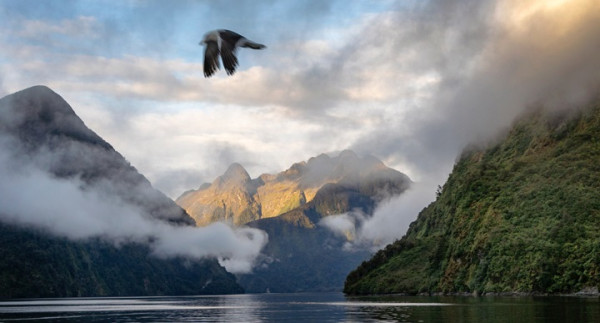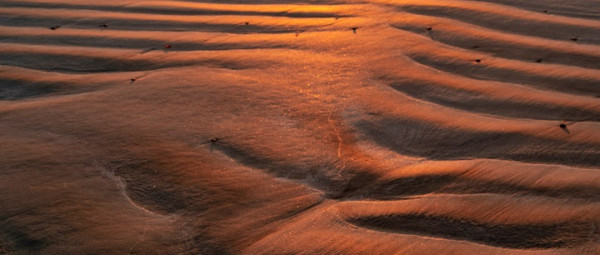Monitoring your progress | Te aroturuki i tō kokenga
Monitoring is about collecting information to assess progress.
On this page
Monitoring is a valuable way to demonstrate progress and ensure accountability. Is an action plan on track to achieve the vision? Have all the tasks been done? Have they produced the expected outcome?
You can incorporate monitoring frameworks that are matched to goals and values. For example, if you aim to move from high emissions of greenhouse gases to a low-emission future, an emissions calculation will be helpful.
An effective monitoring plan should define how success will be measured, identify key progress indicators, describe what information will be collected and how it will be reported, and assign responsibilities for delivery.[1] Transparent monitoring is critical to building confidence in the process among both participants and observers
2 useful tools for developing a monitoring plan include:
- Logical framework, which helps to define objectives and indicators across the chain of inputs, processes, outputs, outcomes and impact
- Theory-based evaluation, which helps understand interactions between causal factors[2]
How to write a logical framework (logframe)(external link) — tools4dev
Theory-based evaluation approach(external link) — EvalCommunity
Given the complex nature of major transitions, selecting the right progress indicators can be a significant challenge. Useful resources from Aotearoa New Zealand and other countries include:
- He Ara Waiora(external link) — New Zealand Treasury
- Our Living Standards Framework(external link) — New Zealand Treasury
- Equity and Wellbeing Framework(external link) — Impact Collective
- Measuring a just transition in the EU [PDF 763 KB](external link) — Öko Institute
- Just transition(external link) — World Benchmarking Alliance
- SDG [sustainable development goals] indicators(external link) — United Nations Statistics Division
Tools for collecting monitoring data include surveys, focus groups, interviews and observation forms, and participatory processes.[2]
Monitoring the governance of the just transition process itself should include reviewing whether the vision and principles your community has agreed on remain relevant and are being used in practice. For large, complex or enduring challenges, it may be useful to appoint ‘guardians of the principles’, with the responsibility to monitor whether they are being honoured and applied appropriately.
Collective action to monitor Fiordland’s marine environment (Southland)
The Fiordland Marine Guardians evolved from a collective that first came together in 1995 to safeguard Fiordland’s fisheries. Under the Fiordland (Te Moana o Atawhenua) Marine Management Act 2005, they were formally established as advisors to maintain the health of Fiordland’s marine environment. Together, they represent the interests of fishers, tourism, recreational users, marine science, conservation and the local community, including iwi tribes. Their work is shaped by the ethics of kaitiakitanga and stewardship, promotes collaboration and integrated management across agencies in local and central government, and guides environmental monitoring.
History(external link) — Fiordland Marine Guardians

Photo credit: Tina McGregor
Here are some simple tips for monitoring:
- Be accountable for uplifting mana authority, and nourishing hope, dignity and agency.
- Hold meetings or run surveys after major milestones.
- Front up with tangible results. Celebrate your successes.
- Collectively monitor how your group is working together, applying agreed principles and achieving results.
- Ask the hard questions to find out if people are still on board.
- Be open to surprises. Decide to adapt or do things differently if necessary.
Progress with implementing the Taranaki 2050 Roadmap and Action Plan (Taranaki)
The monitoring framework developed around Taranaki’s 2050 transition plan provides a good example of systematic monitoring.[3][4] Using the wellbeing frameworks provided by Kate Raworth’s 'Doughnut Economics'[5] and the human, social, natural and financial capital measures in Treasury’s Living Standards Framework,[6] specific, measurable and time-bound indicators were chosen to confirm progress towards the region’s vision.
Taranaki 2050(external link) — Venture Taranaki

[1] Monitoring and evaluation plan template(external link) — Tools4dev
[2] Monitoring and Evaluation: Some Tools, Methods and Approaches(external link) — World Bank
[3] Taranaki 2050 Roadmap [PDF 5.77 MB](external link) — Venture Taranaki
[4] Metrics & Evaluation: Transition Pathway Action Plan [PDF 1.99 MB](external link) — Venture Taranaki
[5] 'Doughnut Economics: 7 Ways to Think like a 21st-Century Economist', Raworth, Kate. 2017. Vermont: Chelsea Green Publishing.
[6] Our People, Our Country, Our Future – Living Standards Framework: Introducing the Dashboard(external link) — The Treasury

